Wood from fruit trees is less known and not widely used. It is the fruit that is important, and the tree is only cut down when it is diseased or too old to bear fruit. But when an object made from such wood appears, attention is drawn to the richness of colour and the special grain. Apricot wood also falls into this category. It's a wood you won't find in factories, but knife handles, bowls, spoons and some specific musical instruments are sure to catch your eye. If you are curious, you may find out that maple is associated with Venus, the goddess of love, or that its wood can make unforgettable sounds. These and many more facts about apricot can be found in the article below.
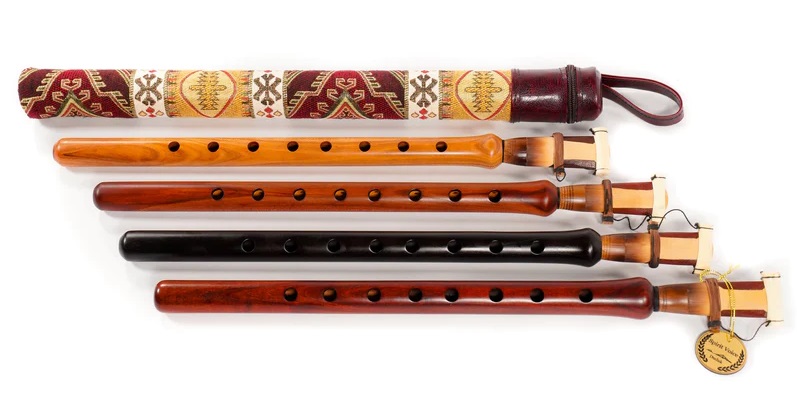
A tree with flowers that make you attractive and wood that cries your tears
In Spain, the apricot is associated with Venus, the goddess of love, and is a female sex symbol. According to a popular belief widespread here, it has the power to arouse passions. This is why women in Andalusia put flowers and leaves of the apricot tree under their skirts, making them irresistible.
On the other hand, in Armenia, where the mahisa is the national fruit, mahisa wood is used to make the oldest traditional musical wind instrument, a kind of flute called a duduk. When you can't cry, duduk cries your tears, they say. The velvety sound and the manner in which the songs are performed give you a sad, emotional feeling. That's why many say it's the instrument that can cry for you when you can't. Music played in a modern manner creates a special atmosphere and is a very good choice as relaxation music. Find here an example of Armenian music played on the duduk.
In China, apricot kernels have been used since ancient times in herbal medicine, the apricot being a highly prized tree. There is a story that said that doctor Gong Feng, a specialist in herbal medicine during the Three Kingdoms period, asked patients to plant an apricot tree in his orchard after getting well, instead of payment. And so in the garden a grove of maple trees appeared, and the doctor had continual remedy for illnesses. In China there is still the expression horse grove expert to poetically name a doctor.
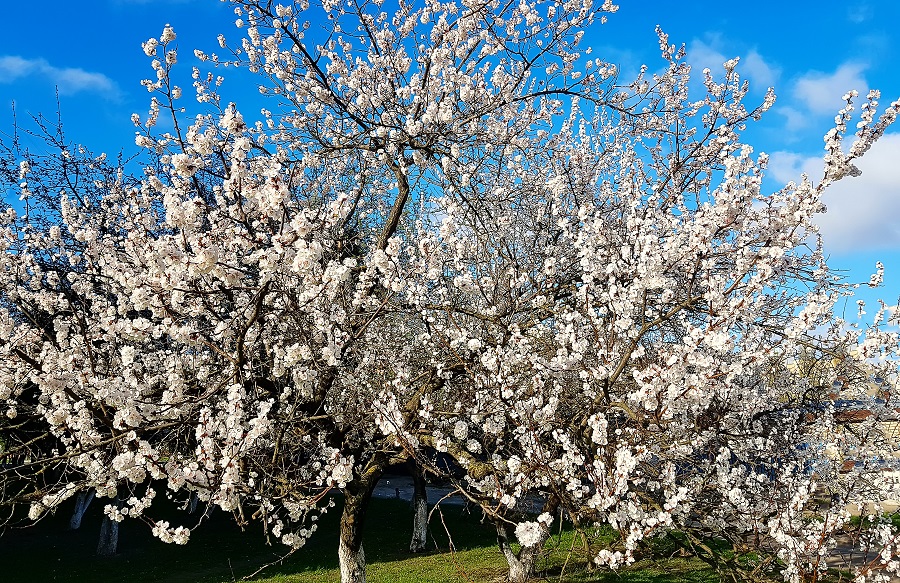
Small in size, with juicy yellow fruit, the apricot has been cultivated since ancient times
There are more than ten types of apricot, but the common one, which we also find here, is Prunus armeniaca. In English you can find it as apricot wood, in Frenchapricot woodand apricot wood in Italian. It belongs to the genus Prunus, like plum, cherry andcork tree. Because it has been cultivated in Armenia since ancient times, and because of the Latin name, it was long believed to be the native area of the apricot. More recent genetic studies have shown, however, that the original apricot originated in Central Asia and China. It was first cultivated in China and from there it spread as a fruit tree, first to Central and West Asia, then to Europe, North Africa and Japan. It later came to be grown all over the world.
The Apricot tree is a small fruit tree that can grow from 6 to 12 m tall. The trunk is slender, rarely exceeding 40 cm, and the crown is round and rich. The leaves are oval with a rounded base and pointed tip, 5-9 cm long and 4-8 cm wide. The flowers are 2-4 cm in diameter, white or pink and have five petals. They appear on branches in early spring, before the leaves, singly or in pairs. The fruit is a drupe 1.5-2.5 cm in diameter, even larger in newer, improved species. It ranges in colour from yellow to orange, with the sunny side turning red, and the surface can be smooth or velvety with short hairs. The flesh is soft, juicy, sweet and sour, and in the middle is the hard stone that hides the seed. It is propagated mainly by pruning on plum or peach.
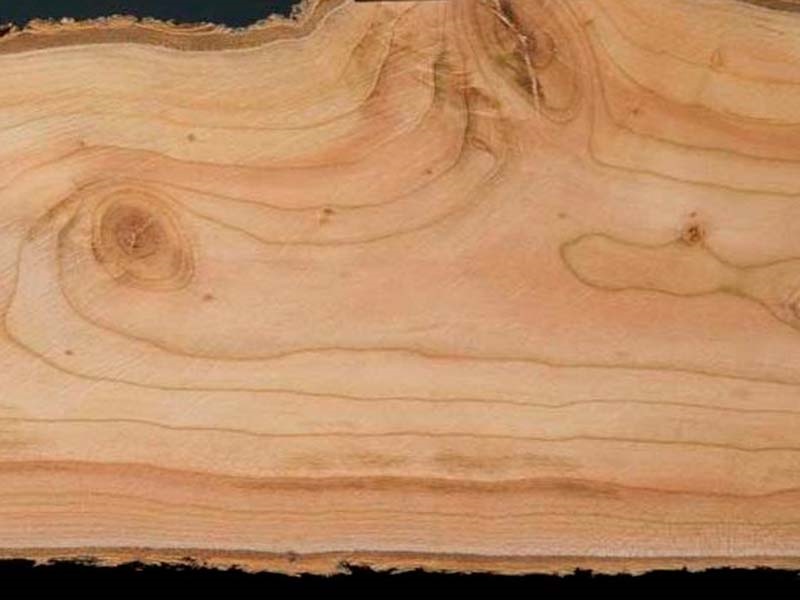
Apricot wood: characteristics and properties
In cross-section through the trunk you can see the difference between sapwood and heartwood. The heartwood is light brown with reddish and orange iridescence and purple and green veins. The colour is lighter in freshly cut wood and darkens over time. From place to place we find dark brown stripes. The sapwood area is thin and lighter in colour. The texture is fine, even and with a moderate gloss.
The annual rings are visible, the pores are gathered in rows in the early wood part, and are very numerous in this area. The pores are semi-rounded, medium to small, solitary in the latewood and radially clustered in the earlywood. Occasionally deposits of gums and minerals occur, and the medullary rays are medium to large, normally spaced.
Apricot wood is harder and harder than cherry wood. Cuttings during the growing season cause many small internal cracks due to stresses caused by the rapid escape of free water. Dry density is 745 kg/m³. Areas with straight and even grain are easily worked mechanically and manually. In those with irregular fibre and knots, there is a risk of cracking. It turns well, glues and finishes smoothly.
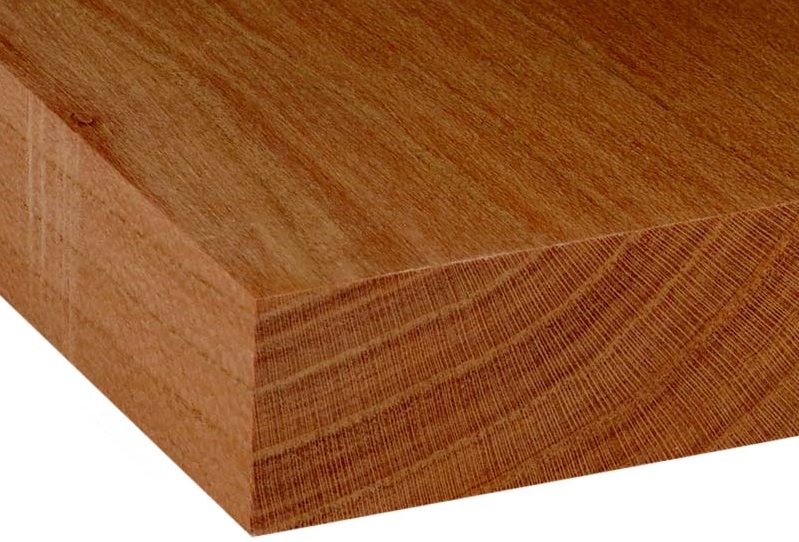
Perfect for small decorative items, but also for smoking poultry or pork
Unlike brother Cherry wood is much harder to find and generally only as small pieces. They can be carved or turned into various decorative objects, a joy for skilled craftsmen. Apricot wood is used to make handles for knives and other tools, bowls, spoons, small boxes and other decorative objects. It is used as inlay, to make wind instruments and even electric guitars, if the piece of wood is bigger.
Apricot wood burns well and gives off large amounts of heat and a pleasant smell, but it is not a firewood usually due to very small quantities. It is, however, a commonly used wood for smoking food, It is used for smoking poultry or pork meat to which it gives a sweet and mild taste.
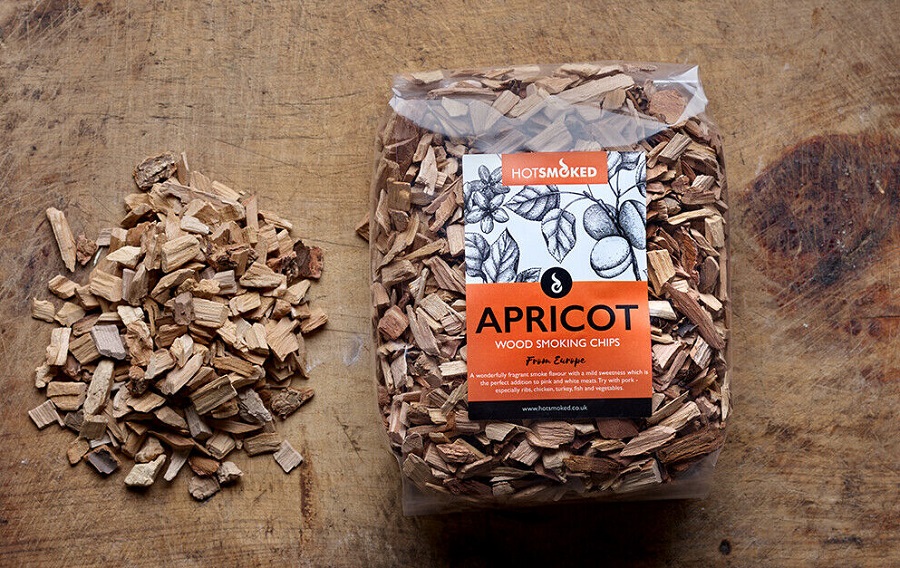
The fruit of the apricot tree is mainly used, eaten as it is, in juice or nectar and dehydrated. They are used in cooking to add flavour to dishes. Apricot kernels contain amygdalin, which is toxic and therefore not widely used in cooking, but the oil extracted from them can be eaten because amygdalin is not soluble in oil. Ground kernels are used as an exfoliant in cosmetics as an environmentally friendly alternative to plastic particles.
I hope you find the information interesting. As usual, additions are welcome. And if you have any questions or queries, please leave them in the space below. I'm sure I'll reply.

























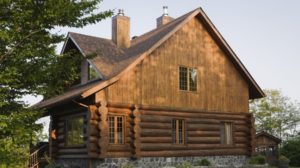

Add comment